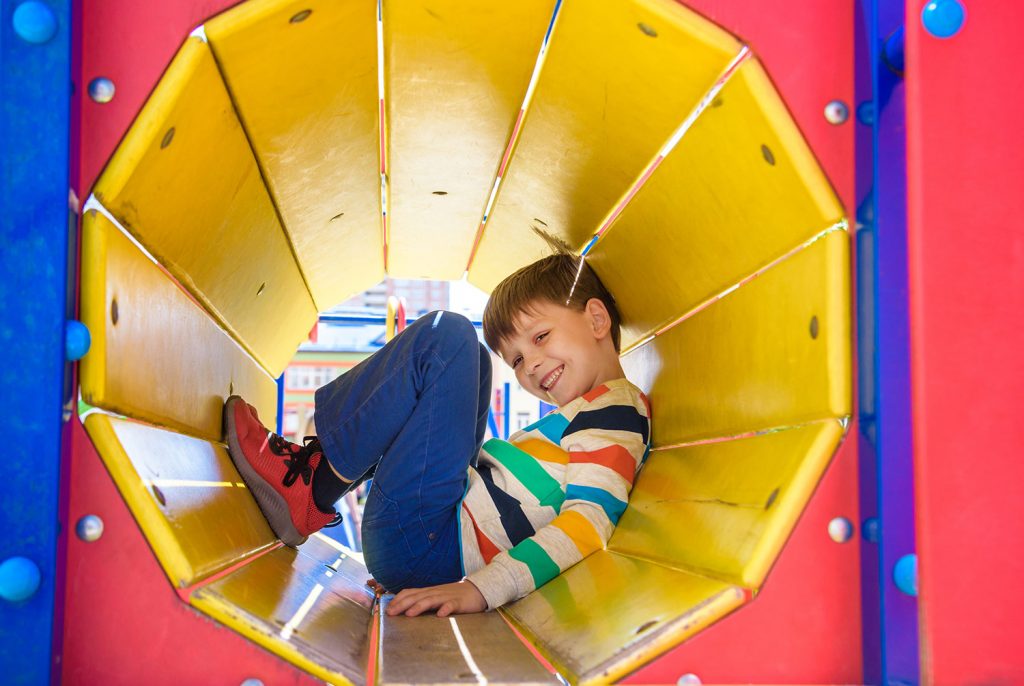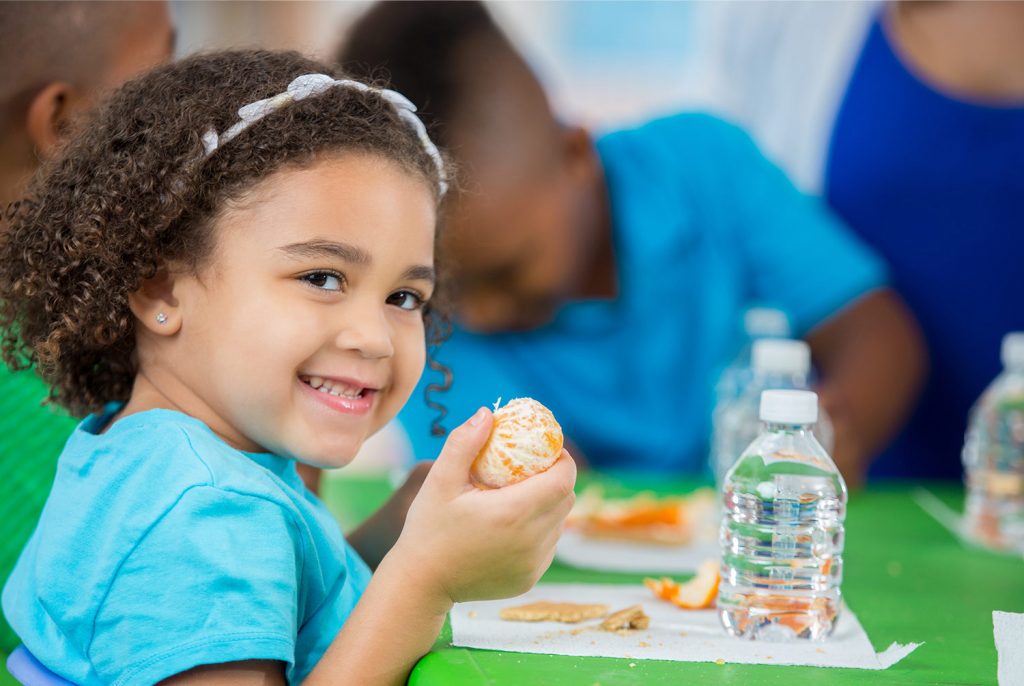
Step Up To Quality Stories
A Child Care Safety Checklist for Parents and Providers
If you’re reading this, odds are you care deeply about the safety of children as they learn, play and grow. Safety is also important to us at Step Up to Quality.
When it comes to creating a child-safe environment in early childhood education settings, some hazards are difficult to recognize until it’s too late. That’s why our team has put together a checklist for parents and providers, as a starting point for keeping children safe. There are undoubtably other safety considerations to make, depending on specific circumstances, environments, ages and other factors — this is not an exhaustive list.
This checklist is an overview for judging if a child care center or family child care home is meeting safety standards. If you’re a parent, use this checklist to analyze a potential child care provider. If you’re a provider, use these questions as a checklist to review your own classrooms and consider ways hazards can be avoided.

Play Safety
- Are play areas clean and in good condition?
- Are younger and older children securely separated during play?
- Does the playground equipment have any protruding nuts or bolts? After periods of time, these can start to loosen.
- Does the outdoor play area have a soft ground?
- Are area rugs secured with rubber or tape to avoid slip hazards?
- Are there blind spot areas in large rooms where a child may not be watched over carefully?
- Are long, straight walking paths broken up so children aren’t tempted to run?
- Is free-standing furniture or equipment robust enough for children to pull themselves up on it? Even larger children’s toys, like play kitchens, can fall on a child and hurt them if they climb on it.
- Are toys an appropriate size for the age group using them? If toys can fit in an empty tissue tube, it can be a choking hazard for infants or toddlers.

Social Safety
- Are children’s group sizes manageable for the amount of people on staff at any given time? Caregiver-to-child ratios should be at least 1:4 for infants and young toddlers, 1:6 for older toddlers and 1:10 for preschool-aged kids to decrease the likelihood of injuries or illness.
- Are care and discipline policies transparent? If these are vague, or not officially stated at all, it can indicate a careless environment.
- Have there been instances of physical conflict between children? How were these resolved? What plans are in place to avoid them in the future?
- How are people allowed in the child care center/family child care home? Are there security measures in place to deter strangers from coming into contact with the children?
- Has everyone in contact with children had a background check and criminal screening in accordance with Nebraska law?
- What precautions are in place to keep kids safe from abuse?

Health Safety
- Are safeguards in place to prevent accidental cross-contamination for children with allergy concerns?
- How is food stored and labeled to ensure it’s kept fresh and received by the correct child?
- Is staff trained in proper medication storage, handling and administration?
- Are staff and children up to date on their immunizations?
- Are cabinets locked, especially if they contain choking hazards, cleaning supplies or sharp objects?
- Are facilities, toys and equipment washed and disinfected daily?
- Are emergency plans for fires, extreme weather or other hazards updated and practiced regularly? When was a drill last practiced?
Your child, or your child care provider, may have unique safety needs that fall outside of this checklist. We encourage you to use this as a starting point, not a final checklist, in analyzing and improving children’s environments.
